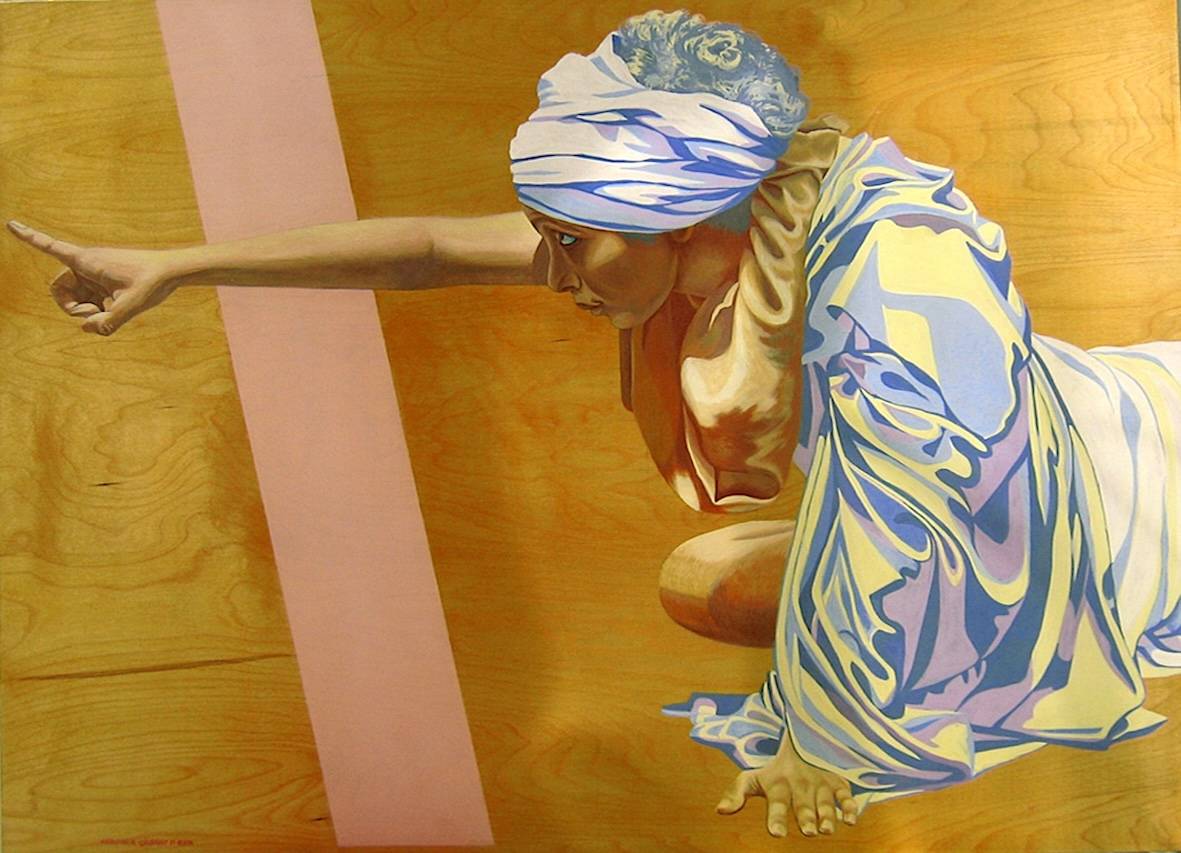VISUAL ART
This is a constantly changing phenomenon that helps to make the work more alive and responsive to changes in the environment in which it is found, thus establishing an ongoing dialogue between the dimensions that characterize the life of every human being: SPACE – TIME – PLACE.


I have always been intrigued by the idea of how a physical space, for example a town, or a village or a house can influence the psyche and behavior of a human being, depending on how this physical space is architecturally and aesthetically organized.
Through the study of historical and anthropological testimonies handed down to us by ancient civilizations, it comes to light how these civilizations chose to live and build their cities, settlements, homes and sacred monuments, following rules related to cardinal orientation and combining them with the interpretation of information coming from the Cosmos, the identification of the constellations for example, understood as the Celestial Sphere.
By transposing these concepts onto a graphic level we can find, among others, Circles-Squares-Points-Lozenges-Labyrinths-Fortresses, which help to identify and design the physical spaces in which human beings have always lived.
The set of these graphic elements and their different compositions helps me to investigate the possible relationships between the human body, understood as a solid volume, in a three-dimensional space identified with the “City” in which the body lives.
I began this path of investigation several years ago, starting from a simple full- or partial-figure portrait, which was then constantly hit by flat geometric shapes of various kinds, which somehow inserted themselves into the body-form and generated new ones, made by the same substance of which the shapes and grounds were composed.
In this way the portrayed body ceases to live of its intrinsic nature and manifests itself through a new form detached from the objectivity of the physical world as we perceive it. 
The discipline of painting works predominantly on two-dimensional supports which sometimes apply the use of perspective rules to render the illusion of space in three dimensions.
In my case, in addition to applying the rules of perspective, I sometimes apply tricks that help me render the physicality of the images through the use of tactile volumes. This is where the idea of composing my images through the assembly of overlapping paper modules was born, in such a way as to create that body-form that is not only traced by the geometries mentioned above, but also interacts with the casted shadows generated by the light used to illuminate the work.
This is a constantly changing phenomenon that helps to make the work more alive and responsive to changes in the environment in which it is found, thus establishing an ongoing dialogue between the dimensions that characterize the life of every human being: SPACE – TIME – PLACE.
 I have always been intrigued by the idea of how a physical space, for example a town, or a village or a house can influence the psyche and behavior of a human being, depending on how this physical space is architecturally and aesthetically organized.
I have always been intrigued by the idea of how a physical space, for example a town, or a village or a house can influence the psyche and behavior of a human being, depending on how this physical space is architecturally and aesthetically organized.
Through the study of historical and anthropological evidence handed down to us by ancient civilizations, it comes to light how these civilizations chose to live and build their cities, settlements, homes and sacred monuments, following rules linked to the cardinal orientation and combining them with the interpretation of information coming from the Cosmos, the identification of the constellations for example, identified as the Celestial Sphere.
By transposing these concepts onto a graphic level we can find, among others, Circles-Squares-Points-Lozenges-Labyrinths-Fortresses, which help to identify and design the physical spaces in which human beings have always lived.
The set of these graphic elements and their different compositions, helps me to investigate the possible relationships between the human body, intended as a solid volume, in a three-dimensional space identified with the “City” in which the body lives.
I began this path of investigation several years ago, starting from a simple full- or partial-figure portrait, which was then constantly hit by flat geometric shapes of various kinds, which somehow inserted themselves into the body-form and generated new ones, made by the same substance of which the shapes and grounds were composed.
In this way the portrayed body ceases to live of its intrinsic nature and manifests itself through a new form detached from the objectivity of the physical world as we perceive it.
The discipline of painting works predominantly on two-dimensional supports which sometimes apply the use of perspective rules to render the illusion of space in three dimensions.
In my case, in addition to applying the rules of perspective, I sometimes apply tricks that help me render the physicality of the images through the use of tactile volumes. E’ da qui che nasce l’idea di comporre le mie immagini attraverso l’assemblaggio di moduli cartacei sovrapposti, in modo tale da creare quel corpo-forma che non solo viene tracciato dalle geometrie sopra citate, ma risulta interagire con le ombre portate che la luce utilizzata ad illuminare l’opera produce.
This is a constantly changing phenomenon that helps to make the work more alive and responsive to changes in the environment in which it is found, thus establishing an ongoing dialogue between the dimensions that characterize the life of every human being: SPACE – TIME – PLACE.














